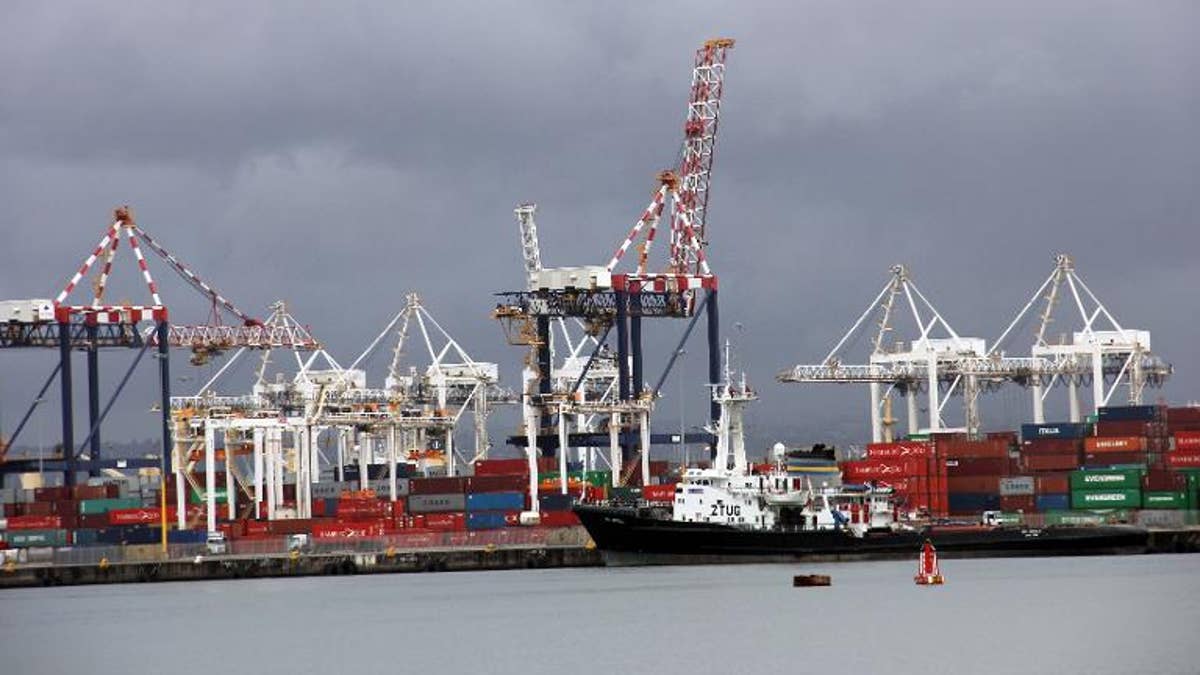
Cargo ship and cranes at the port of Durban on March 25, 2013 (AFP)
Pretoria (AFP) – South Africa's trade gap with the rest of the world widened by one third in August as exports decreased by 7.6 percent amid ongoing strikes, according to official data released Monday.
The deficit grew to 19.05 billion rand ($1.9 billion) from 14.21 billion rand in June, the South African Revenue Service in a statement.
"It is quite a bit bigger than what we were hoping for," said Dennis Dykes, chief economist at Nedbank.
A series of strikes in the automotive and mining sectors has curbed production and meant exporters Africa's largest economy have yet to see the benefits from a weaker rand.
Exports decreased by 7.6 percent in August to 70.7 billion rand, and imports decreased by 0.13 percent.
"Export revenues are hampered by weak external demand, strike activity in the mining and motor vehicle sectors in particular," Gill Marcus, the head South Africa's central bank said earlier this month.
"The stepping up of exports is critical to address the current account deficit."
The Reserve Bank kept its repo rate at five percent this month, with inflation still breaching the upper end of the three to six percent target range, leaving policy makers little room to stimulate growth.
The wider deficit will hurt an already weak rand.
"It's a mixed bag, but a big deficit number is an imbalance in the economy and it has negative consequences for the rand," said Ryan Wibberley, head of equity dealing in emerging markets at Investec Asset Management.
"The worse the rand is the more we pay for it, we're just a net importer of inflation," said Wibberley, speaking from Cape Town.
"There is still a volatility in the system??? you need a period of sustained weakness to start developing and planning around the weak rand," he said.
"If it settles at weak levels for the rand, that will be good, but most people predict volatility before calmness."
